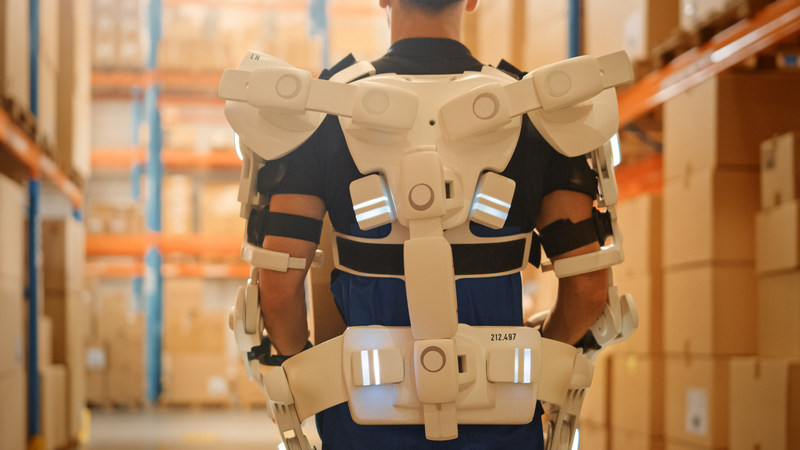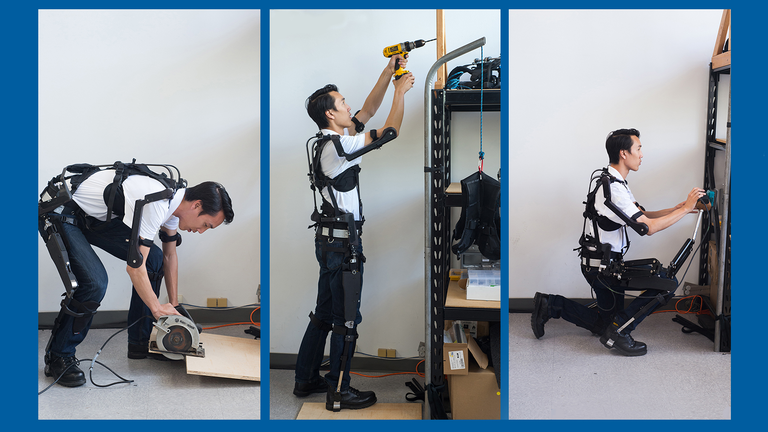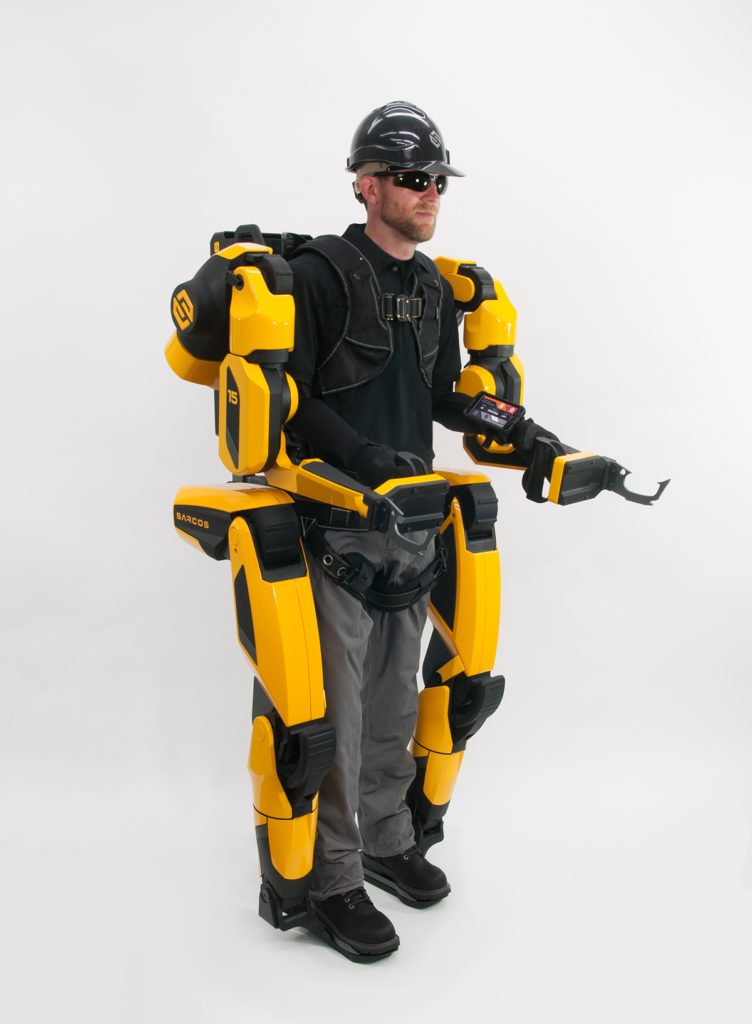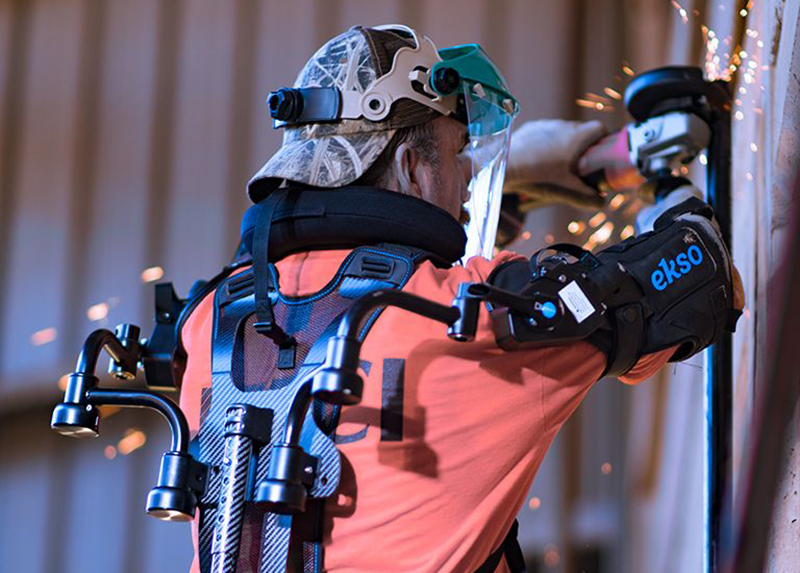Frost & Sullivan expect the Global Industrial Exoskeleton market to soar, as a result of the Automotive Manufacturing Industry. The market is estimated to reach $426.6 million by 2025

The following written content from PR Newswire
Frost & Sullivan’s recent analysis finds that the global industrial exoskeletons market is expanding rapidly, driven by high injury costs and aging and shrinking skilled workforces across sectors. It is estimated to witness nearly a seven-fold growth, reaching $426.6 million by 2025 from $62.7 million in 2020, up at a compound annual growth rate (CAGR) of 46.7%.
Among the end-use industries, manufacturing (driven by the automotive sector) held the highest revenue share in 2020 and is projected to top $271.4 million in 2025. Other manual, labor-intensive industries such as construction and transport will also make extensive deployments of industrial exoskeletons over the next four to five years as companies across these sectors focus on reducing the cost of on-the-job injuries.
For further information on this analysis, The Global Industrial Exoskeletons Market is Driven by the Aging and Shrinking Skilled Labor Force, please visit: http://frost.ly/5g8
“Manufacturers are investing in research and development (R&D) to develop technologically advanced exoskeletons, which improve performance and productivity,” said Anjan Roy, Chemicals, Materials & Nutrition Research Analyst at Frost & Sullivan. “To deploy the latest innovations, manufacturers will focus on the robot-as-a-service (RaaS) model to improve affordability for end users and test products for large-scale deployment.”

Roy added: “From a product segment perspective, powered industrial exoskeletons—which are technologically advanced PPE that are powered by batteries or electricity—are expected to have the highest revenue share at 69.9% over the forecast period, whereas passive industrial exoskeletons will constitute 30.1% market share. Additionally, from a regional point of view, Asia-Pacific (APAC), the Middle East and Africa (MEA), and South America accounted for almost 49.1% in terms of global revenue share in 2020. Its earnings are estimated to increase from $30.8 million in 2020 to $228.2 million in 2025. Japan will continue to lead the way with its key aging population as the main growth driver.”

To tap into the growth prospects exposed by industrial exoskeletons, stakeholders must focus on the following:
Manufacturers should delve into research/test activities for evidence to validate claims of reduced musculoskeletal disorders (MSDs) and improved productivity to increase product acceptance.
Market participants should partner with regulatory bodies, agencies that develop standards, and labs that conduct collaborative tests to understand requirements and shortcomings and develop products accordingly.
For industrial exoskeleton manufacturers, this is the ideal time for mergers and acquisitions (M&As) as most competitors still hold a low market valuation (most of them are three to four years old). Moreover, the sector is expected to double over the next couple of years, providing sufficient impetus for growth.
Most large manufacturers are still focused on regional markets; however, the intensifying regional competition will push them to establish distribution networks across geographies and look for inorganic growth opportunities. Read more from PR Newswire





